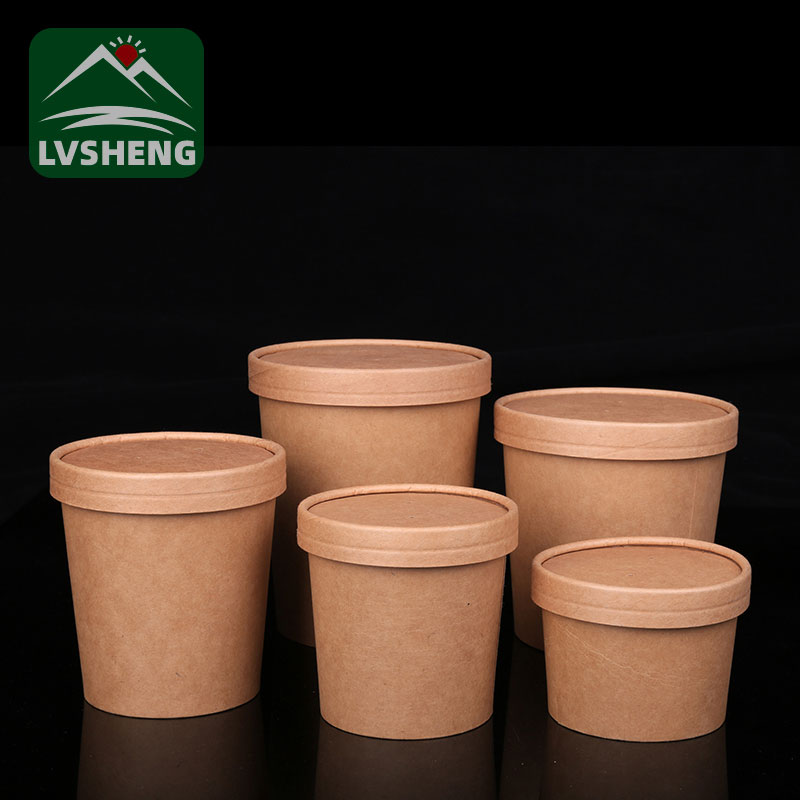- English
- Esperanto
- Català
- icelandic
- Kreyòl ayisyen
- Shqiptar
- lugha ya Kiswahili
- ភាសាខ្មែរ
- Монгол хэл
- Somali
- O'zbek
- Español
- Português
- русский
- Français
- 日本語
- Deutsch
- tiếng Việt
- Italiano
- Nederlands
- ภาษาไทย
- Polski
- 한국어
- Svenska
- magyar
- Malay
- বাংলা ভাষার
- Dansk
- Suomi
- हिन्दी
- Pilipino
- Türkçe
- Gaeilge
- العربية
- Indonesia
- Norsk
- تمل
- český
- ελληνικά
- український
- فارسی
- Burmese
- български
- Latine
- Қазақша
- Română
- Afrikaans
- שפה עברית
- Cymraeg
- Galego
- Latviešu
- беларускі
- Hrvatski
- Bosanski
- ქართული
- ગુજરાતી
- Hausa
- Corsa
- Kurdî
- IsiXhosa
- Zulu
- Chichewa
- Sesotho
- සිංහල
- Gàidhlig
- Cebuano
- Тоҷикӣ
- Hawaiian
- سنڌي
- Հայերեն
- Igbo
- Yoruba
- Javanese
- తెలుగు
- Euskal
- Azərbaycan
- Slovenský jazyk
- Македонски
- Eesti Keel
- Slovenski
- Srpski језик
How does a soup cup work?
2024-01-22
A soup cup, also known as a soup mug or bowl, is a container specifically designed for serving and consuming soup. The functionality of a soup cup is quite straightforward, and it is designed to make the process of eating soup more convenient. Here's how a typical soup cup works:
Shape and Design: Soup cups are typically wider and shallower than regular cups or bowls. This design allows for easy access to the soup with a spoon and promotes even cooling.
Handles: Many soup cups come with handles to make it easier to hold and carry. The handles provide a secure grip, especially when the soup is hot.
Lip or Rim: The rim of a soup cup is often designed with a slight outward curve. This helps prevent spills and drips while sipping or spooning the soup.
Material: Soup cups are made from various materials, including ceramic, porcelain, glass, or even insulated materials like thermal plastic. The choice of material can affect the heat retention of the soup.
Microwave and Dishwasher Safe: Many soup cups are microwave-safe, allowing users to heat up soup quickly. Additionally, they are often dishwasher-safe for easy cleaning.
Size and Capacity: Soup cups come in different sizes and capacities to accommodate varying portions of soup. The size is chosen based on personal preference and the type of soup being served.
Lid Option: Some soup cups come with a lid, which can be handy for keeping the soup warm, preventing spills during transportation, or for reheating in the microwave.
Versatility: While primarily designed for serving soup, soup cups can also be used for other hot or cold beverages and foods.
To use a soup cup, one simply pours the desired amount of soup into the cup, uses a spoon to eat the soup, and can hold the cup with the handles for easy consumption. The specific features and design elements may vary among different types and brands of soup cups, but the overall purpose is to provide a convenient and enjoyable way to enjoy soup.





